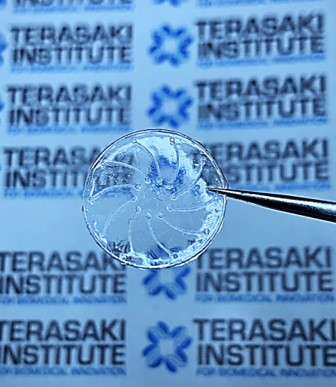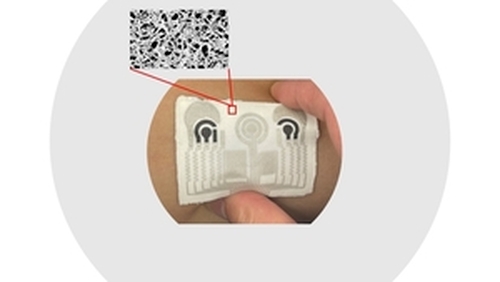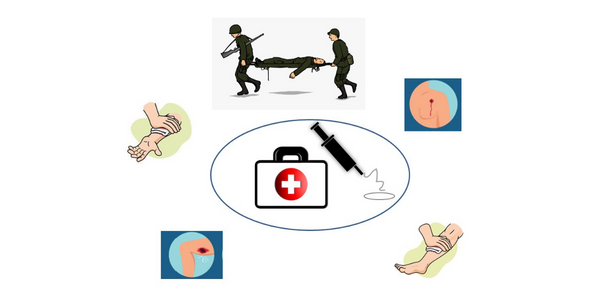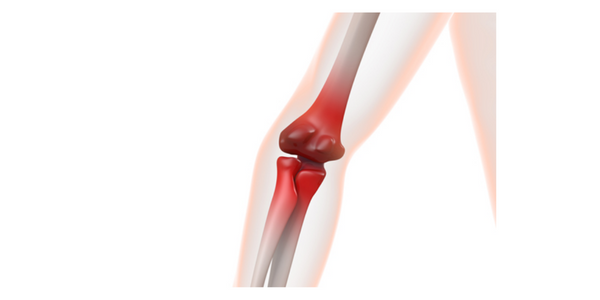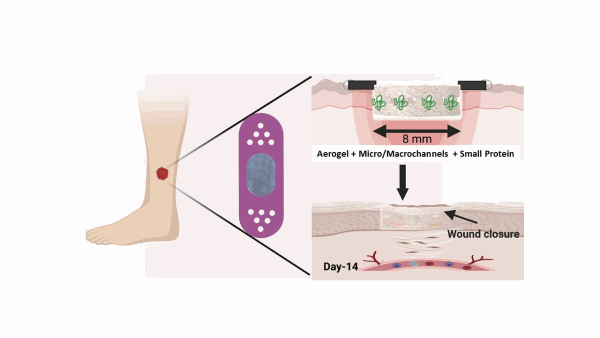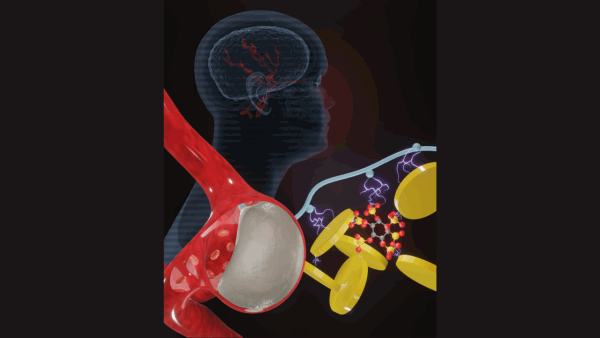(LOS ANGELES) – Pancreatic ductal adenocarcinoma (PDAC), is highly aggressive and lethal. It is the most prevalent type of pancreatic cancer, making up 90% of cases; it also has a high rate of metastasis, with an average five-year survival rate of less than 10%.
News
News
(LOS ANGELES) – A collaborative team from the Terasaki Institute for Biomedical Innovation (TIBI) has developed a contact lens prototype that is specifically designed to prevent contact lens-induced dry eye (CLIDE). The lens alleviates this condition by facilitating tear flow in response to normal eye blinking. This approach can relieve the discomfort, visual impairment, and risk of inflammation experienced by millions of contact lens users suffering from CLIDE.
(LOS ANGELES) – Scientists from the Terasaki Institute for Biomedical Innovation (TIBI) have devised a first-of-its-kind electronic skin (E-skin) patch for advanced healthcare monitoring. With an optimum choice in materials coupled with a novel fabrication method, their unique E-skin patch provides simultaneous, continuous monitoring of multiple bodily parameters while also providing temperature-moisture management and breathability.
(LOS ANGELES) – As outlined in their recent publication in Biomaterials Science, researchers from the Terasaki Institute for Biomedical Innovation, (TIBI), have developed an injectable, temperature sensitive, shear-thinning hydrogel (T-STH) hemostat that works rapidly at body temperature to stop bleeding from a wound. This technology allows anyone to treat victims of traumatic injuries immediately and effectively. Once patient stability is achieved, the T-STH hemostat can easily be removed using a cold saline wash without leaving residues or causing re-bleeding of the wound. The saline wash also allows for removal of any debris lodged into the wound.
The new year will bring excitement and new opportunities for the Terasaki Institute for Biomedical Innovation (TIBI). The long-awaited final construction of TIBI’s new 50,000 square foot facility in Woodland Hills is due for completion near the end of 2022, and employees will be moving in during the month of January 2023.
(LOS ANGELES) – A collaborative team, which includes scientists from the Terasaki Institute for Biomedical Innovation (TIBI), University of Illinois Chicago (UIC), and Pohang University of Science and Technology (POSTECH) has elucidated some key points on how the generation of cartilage in the joints is facilitated and how alternative bone formation can be avoided. Their findings could pave the way for designing more strategically engineered transplants for a less costly, more effective means of treating cartilage damage in the joints than current methods.
November 21, 2022
(LOS ANGELES) – A collaborative team of scientists from the Terasaki Institute for Biomedical Innovation and the University of Nebraska Medical Center has developed a fibrous aerogel that promotes faster and more effective healing of diabetic wounds. As detailed in their publication in Advanced Functional Materials, the micro/macrochannels engineered within the aerogel facilitate the ability to heal chronic diabetic wounds, while a novel protein incorporated into the aerogel provides anti-microbial capabilities and promotes wound tissue coverage and new blood vessel formation.
(LOS ANGELES) – Aneurysms, abnormal enlargement or ballooning in the wall of blood vessels can result in rupture and fatal bleeding. To treat aneurysms, it is essential to stop the blood flow to the affected area and prevent rupture of the vessel. Existing treatments for treating aneurysms include catheter-delivered stainless-steel coils or injectable biomaterials placed at the aneurysm site; however coils sometimes migrate, necessitating repeat procedures. Furthermore, there are problems with injectable biomaterials currently on the market, such as high cost, leakage, cytotoxic effects, and catheter clogs.

